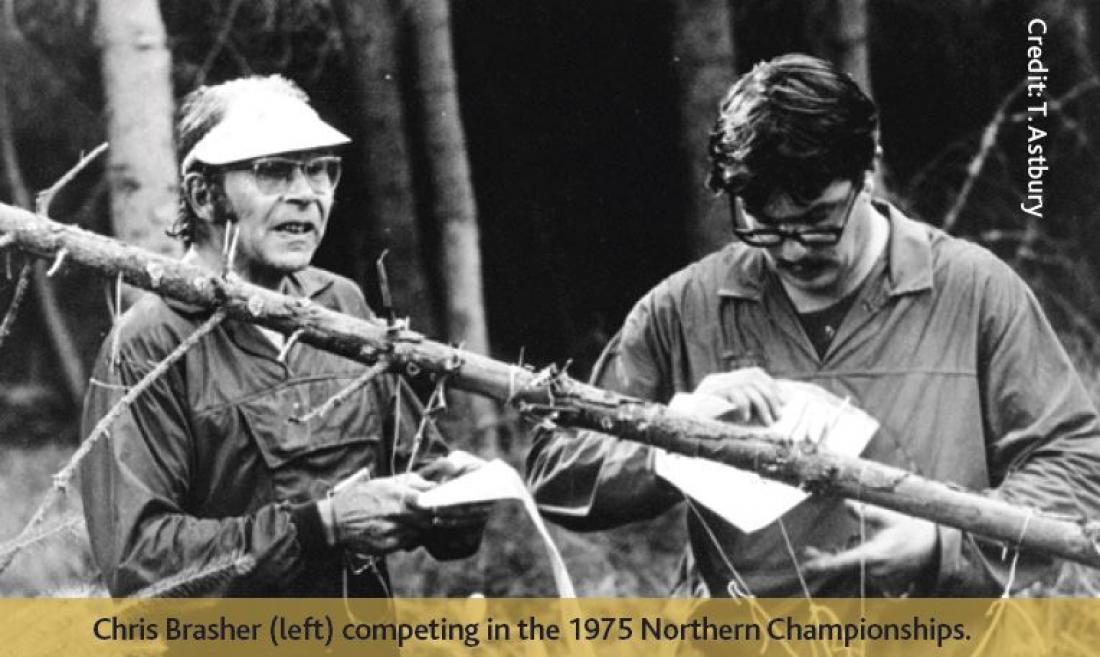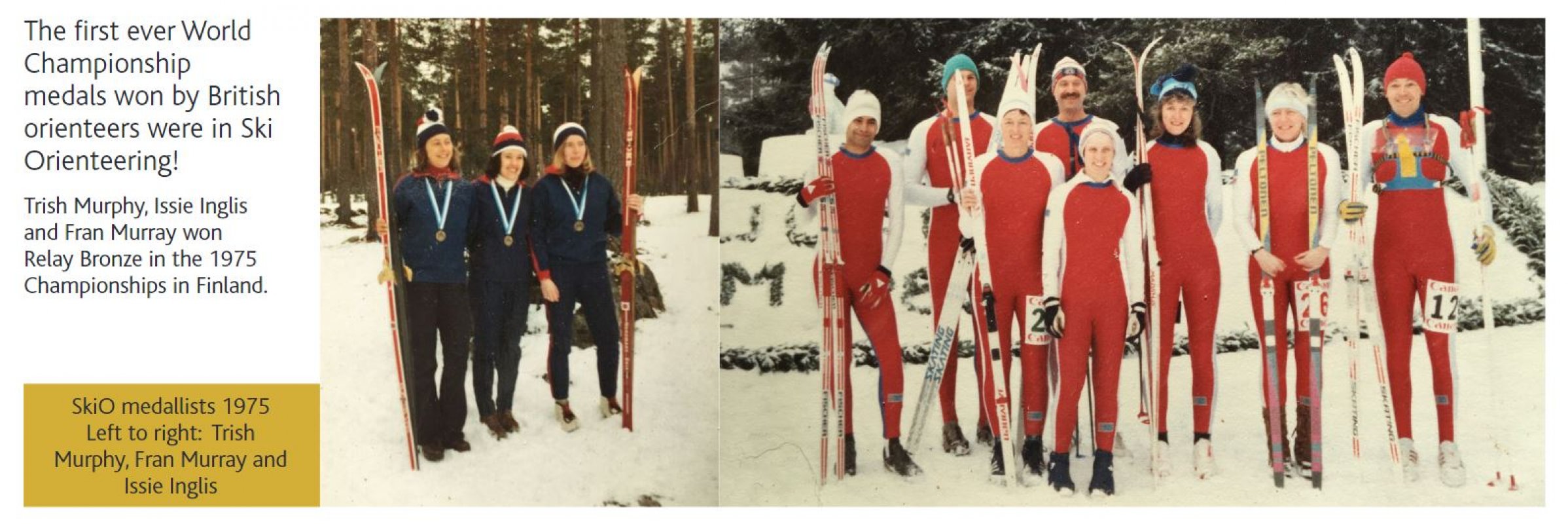News Archive
News
Congratulations to HM Queen Elizabeth II on her Platinum Jubilee year.
ORIENTEERING THROUGH THE SEVEN DECADES
7 DECADES, OVER 7 DAYS!
------
TWO PIONEERS: BRASHER & DISLEY

Chris Brasher, an Olympic Gold-medallist in 3000m steeplechase who after retirement from athletics embraced Orienteering and became the first Chairman of the British Orienteering Federation, could be said to be the most proactive of the pioneers. He and John Disley, also an Olympic medal-winner, were close colleagues. Whereas Brasher managed things, Disley was the technical and ‘field’ expert, and moderator of some of Brasher’s wilder ideas. “Brasher lit fires; Disley dampened them down,” as the obituary for Disley in The Guardian put it.
Brasher led the team that took part in the World Orienteering Championships in 1966 and was the Event Director for the World Orienteering Championships in 1976 in Scotland. His influence was immense in all aspects of orienteering’s development in its early days in the UK. Hugh Brasher, son of Chris Brasher, says: “My father loved orienteering; he called it like car rallying without a car, the best sport so far invented by man and the only sport that keeps you completely and utterly stretched both mentally and physically.”
Disley worked hard to develop course planning, mapping, and training standards. Highly respected the world over, he was a member of the International Orienteering Federation Council from 1973 to 1984.
Both Brasher and Disley were later elected Vice Presidents of the British Orienteering Federation. Several of the pioneers of Orienteering in southern England were ex-athletes. In addition to Brasher and Disley, Gordon Pirie, Martin Hyman, Roger Bannister, and Bruce Tulloh were all involved. Martin Hyman went on to manage the British Elite Squad for many years and was a highly respected coach and motivator.
‘Up North’, one of the most influential pioneers was Gerry Charnley, South Ribble Orienteering Club. He was hugely influential in the development of Orienteering until tragically killed in a mountaineering accident in the Lake District in 1982. A crag on the upper slopes of Esk Pike is named in his honour.
-----
Key highlights of British Orienteering Federation / British Orienteering Activity in the second decade of her Majesty’s reign.
1970-79:
-
Unusual now to compete with a black and white map.
- Orienteering maps changed to 3-colour maps - black, brown, and blue.
- 4-and 5-colour maps were becoming commonplace.
- Pin-punching became the norm on a new-generation control card. Often a different colour card was used for each course.
- New technology for displaying results: the 'washing line' carrying multiple control card stubs.
- 1974 (April): National Office within Lea Green Centre, Derbyshire.
- 1975: The first-ever World Championship medals won by British orienteers were in Ski Orienteering!

- 1976: Great Britain staged the World Orienteering Championships in Scotland.
- 1978: First British Night Championships, Ash Ranges (SCOA).
-----
Jennie Taylor Communications Officer, says: "It's quite impossible in just a few news items to portray adequately all aspects of British Orienteering Federation's and British Orienteering Activities over the last seven decades. There are so many people across the UK who have contributed so much to British Orienteering's growth and development."
What are your personal orienteering highlights from this decade (1970-1979)?
Email: jtaylor@britishorienteering.org.uk
-----
#PlatinumJubilee #HM70
Twitter: @royalfamily
Facebook: @thebritishmonarchy
Look out for '#3: ORIENTEERING THROUGH THE SEVEN DECADES – 1980 - 1989' will be posted tomorrow (Sunday 5 June) at 13:00.






